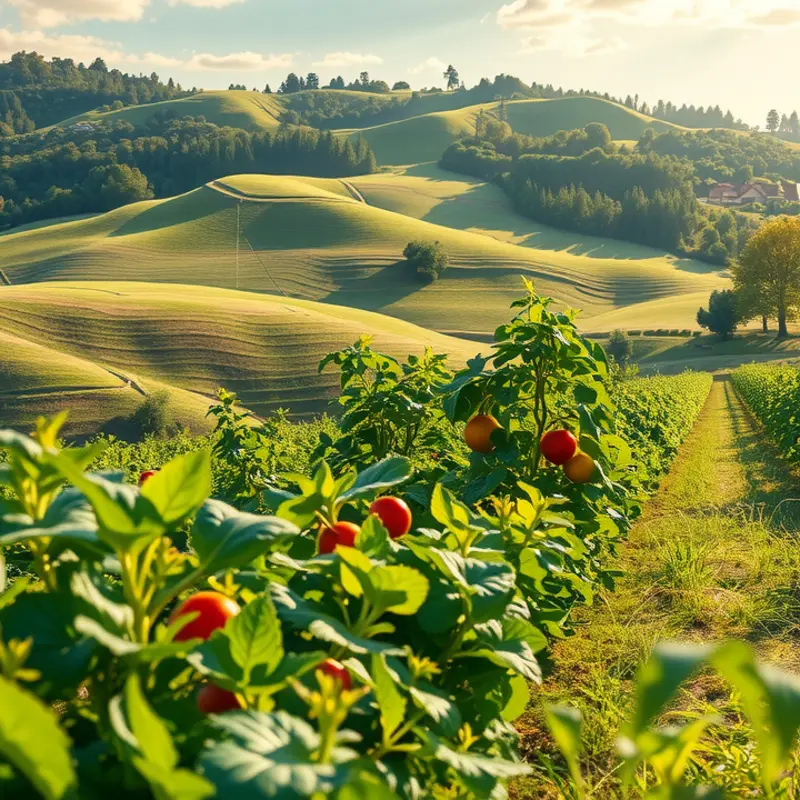Leafy greens are a valuable part of any diet, but they can spoil quickly if not stored correctly. Learning how to properly store these delicate vegetables can drastically reduce waste and keep your greens fresh for longer. By following simple storage techniques, you can enjoy the benefits of nutritious salads and side dishes without the fear of throwing away wilted produce. Let’s dive into the best practices for storing leafy greens effectively.
Choosing the Right Greens

Selecting the best leafy greens is essential for preserving their freshness and enhancing your meals. When scouting for greens, pay close attention to several key factors to ensure you’re making the best choice.
Start with a visual inspection. Look for leaves with vibrant, rich color as a sign of freshness and nutritional content. Avoid greens that show signs of yellowing or browning, as these indicate that the greens are past their prime. These discolorations are often the first visible markers of wilting or decay, impacting flavor and nutrient levels.
Next, perform a firmness check. Gently squeeze the leaves. Fresh greens should feel firm and crisp. This tactile inspection helps confirm the leaves are hydrated and have not started to wilt. Flimsy or floppy leaves might not store well, leading to quicker spoilage. Consider this physical check as a preliminary test of quality and longevity.
Consider the organic versus conventional debate. Organic greens often have fewer pesticide residues, making them a popular choice for those focused on avoiding chemical exposure. However, it’s essential to wash all greens thoroughly, regardless of their growing method, to remove any residual soil or contaminants. Typically, an extra rinse can offer peace of mind.
Additionally, while choosing the right greens is crucial, how you store them is equally important. For ideas on smarter storage systems, check out our eco-smart kitchen storage guide. Understanding the selection process complements these strategies, minimizing waste and enhancing shelf life.
Incorporating these selection practices establishes a solid foundation for further storage measures. It ensures the greens retain their vitality and flavor longer, so they contribute positively to your health and culinary creations. Mastering the purchase of leafy greens is a skill that supports both meal quality and sustainability.
Storage Solutions for Longevity

Once you have selected the freshest leafy greens, adopting the right storage techniques can dramatically extend their shelf life. Start by washing the greens under cold water to remove dirt and debris. Be thorough in your cleaning, as residual soil can accelerate decay. After rinsing, spinning them dry in a salad spinner helps remove excess moisture, which is crucial for preventing spoilage. Alternatively, gently pat the leaves dry with a clean paper towel, taking care not to bruise them.
Next, consider your choice of storage containers. Using breathable bags or containers with ventilation holes is ideal. This setup allows for air circulation, which is essential for maintaining freshness. If space in the fridge permits, keeping greens upright in jars is a beneficial alternative. This method helps prevent any crushing or mushing that can result from overcrowding, allowing each leaf to maintain its structural integrity.
The placement of your leafy greens in the refrigerator significantly influences their longevity. Ideally, store them in the crisper drawer, which is designed to maintain an optimal humidity level for fresh produce. The temperature of this drawer should ideally range between 32°F to 36°F. This range keeps your greens fresh and crisp while slowing down the degradation process.
Another factor to be mindful of is ethylene gas, a natural ripening agent emitted by certain fruits. Leafy greens are sensitive to this gas, which can cause them to wilt prematurely. To avoid this, keep greens away from ethylene-producing fruits like bananas, tomatoes, and apples. Store these fruits in separate compartments to prevent cross-contamination.
Finally, labeling plays a pivotal role in managing freshness. By writing the purchase date and type of greens on the storage bag or container, you can easily track their shelf life. This small yet effective habit minimizes the potential for waste by ensuring you consume your greens before they lose their vigor.
For those interested in further optimizing their kitchen storage for sustainability, consider exploring eco-smart kitchen storage techniques. These methods not only help preserve your foods but also contribute to a more environmentally friendly household. Each of these strategies, when combined, forms a comprehensive approach to extending the life of your leafy greens, ensuring you enjoy fresh and nutritious produce with every meal.
Final words
Proper storage of leafy greens can significantly reduce waste and enhance the quality of your meals. By selecting the freshest greens and employing effective storage techniques, you ensure that your produce remains crisp and nutritious. Whether you’re a seasoned chef or simply looking to eat healthier, mastering the art of leafy greens storage is essential. Implement these practices at home, and you’ll enjoy delicious, fresh greens for days, making your cooking experience even more enjoyable. Remember, every step you take towards better food management not only enriches your meals but also contributes to a sustainable lifestyle.







